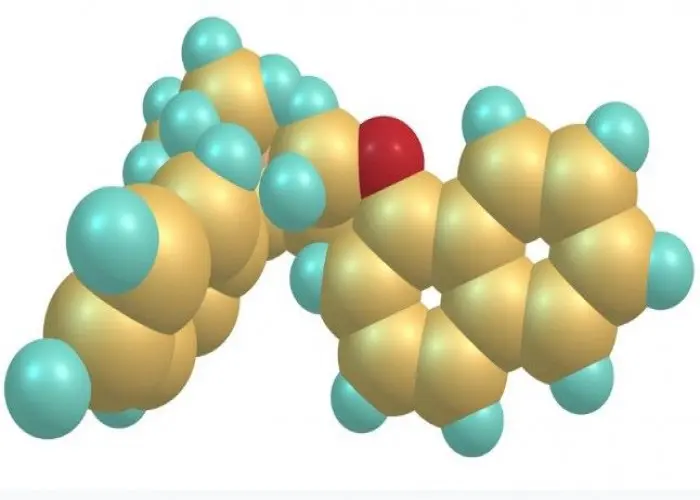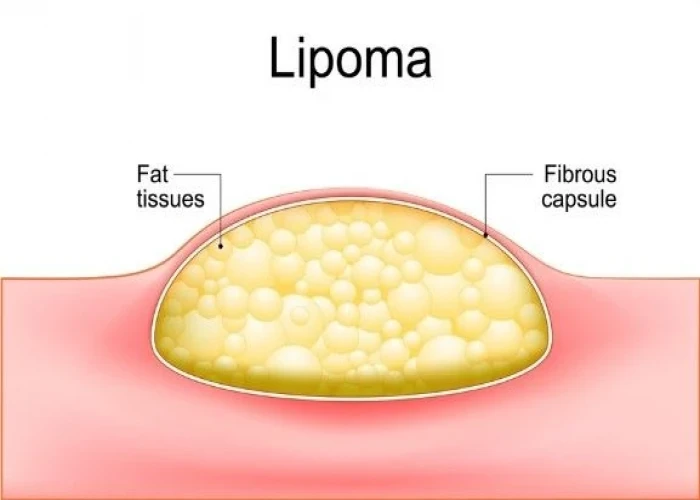 Welcome
Welcome
“May all be happy, may all be healed, may all be at peace and may no one ever suffer."
Lipoma

A lipoma is a noncancerous, benign growth of fat cells that typically develops just below the skin. Lipomas can occur anywhere on the body, but are most commonly found on the neck, back, shoulders, and arms.
Lipomas are generally small, soft, and movable and are often painless, although they can sometimes grow quite large and cause discomfort or affect mobility if they are in a particularly sensitive area. They typically develop slowly over a period of months or years.
The exact cause of lipomas is not known, but they are thought to be genetic in nature, and they may occur more frequently in some families. They are also more common in people who are overweight or obese.
Lipomas are usually diagnosed based on their appearance and location, and often require no treatment. However, if a lipoma is causing discomfort or affecting movement, or if there is a concern that it may be a cancerous growth, a doctor may recommend removing it surgically.
While lipomas are generally harmless and do not require medical attention, any new growth or lump should be evaluated by a healthcare provider to rule out the possibility of a more serious condition.
Research Papers
Disease Signs and Symptoms
- They also move easily with slight finger pressure.
- Generally small. Lipomas are typically less than 2 inches (5 centimeters) in diameter, but they can grow.
- Lipomas can be painful if they grow and press on nearby nerves or if they contain many blood vessels.
- A growing lump of tissue under the skin
Disease Causes
Lipoma
The cause of lipomas isn't fully understood. They tend to run in families, so genetic factors likely play a role in their development.
Disease Prevents
Disease Treatments
No treatment is usually necessary for a lipoma. However, if the lipoma bothers you, is painful or is growing, your doctor might recommend that it be removed. Lipoma treatments include:
- Surgical removal. Most lipomas are removed surgically by cutting them out. Recurrences after removal are uncommon. Possible side effects are scarring and bruising. A technique known as minimal excision extraction may result in less scarring.
- Liposuction. This treatment uses a needle and a large syringe to remove the fatty lump.
Disease Diagnoses
Disease Allopathic Generics
Disease Ayurvedic Generics
Disease Homeopathic Generics
Disease yoga
Lipoma and Learn More about Diseases

Hiccups

Ulnar wrist pain

Multiple system atrophy (MSA)

Stretch marks

Kidney cancer

Molluscum contagiosum

Delayed ejaculation

Ebola virus and Marburg virus
lipoma, লাইপোমা
To be happy, beautiful, healthy, wealthy, hale and long-lived stay with DM3S.
